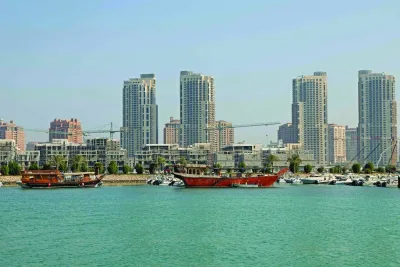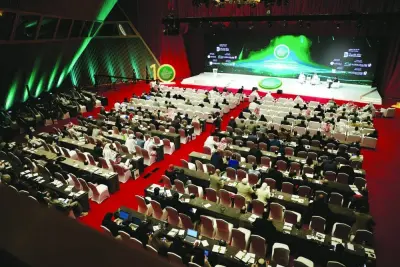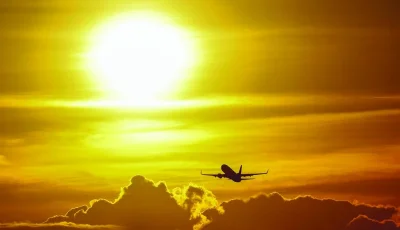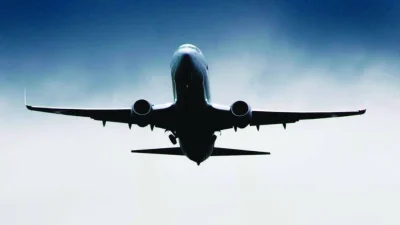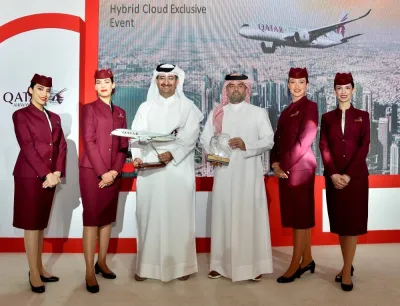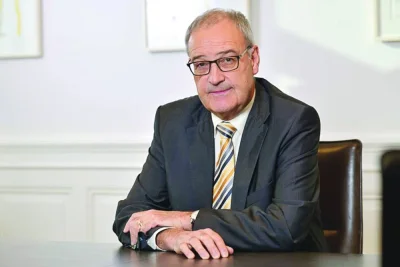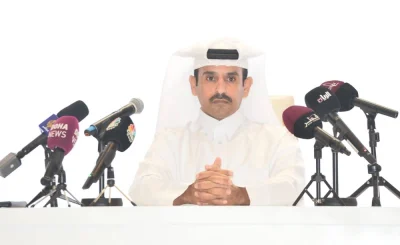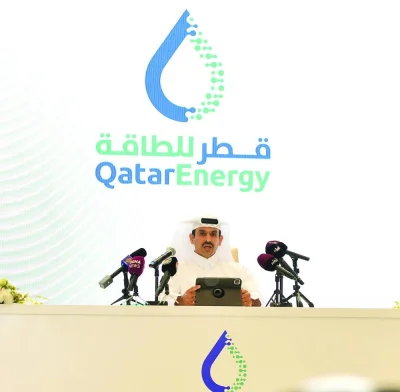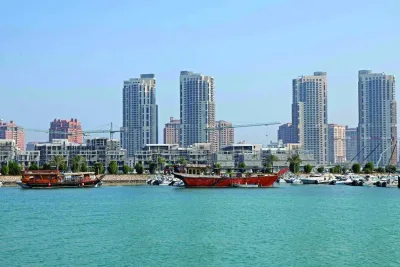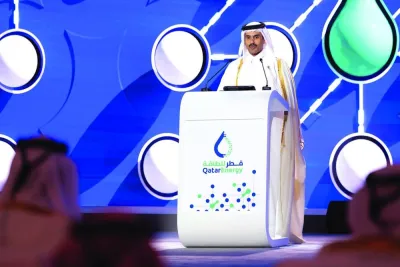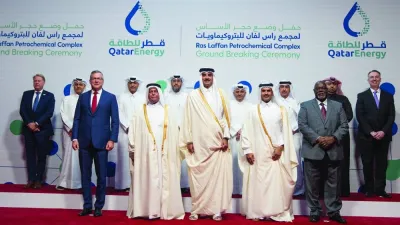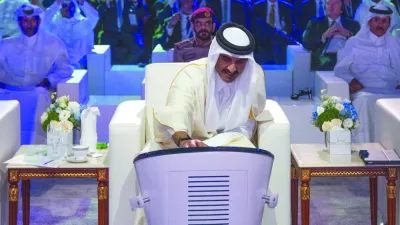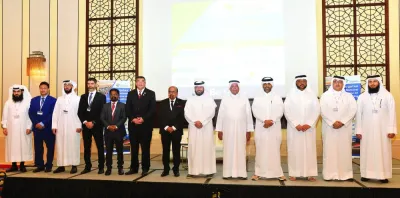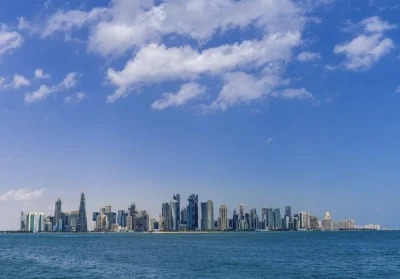Approximately 11,000 residential units were delivered in the country in 2023 out of the expected 12,500 residences for the year, ValuStrat said in a report.Notable projects handed over in Qatar during the last quarter of 2023 include Al Serdal (120 apartments) and Al Kharaej (150 units) residential buildings in Lusail.Residential stock in the country crossed 343,500 units for Q4, 2023 with the addition of 795 homes in the last quarter, ValuStrat said.More than 2,200 units are in the pipeline for Q1 2024, with 40% concentrated in The Pearl Island and 30% in Lusail.In terms of residential sales in Qatar in 2023, ValuStrat said the volume of transactions increased by 14% QoQ and 33% yearly.The median ticket size for residential units remained stable quarterly at QR2.7mn, but decreased 5.3% YoYDoha, Al Rayyan, and Umm Salal had the highest volume of transactions of residential houses during Q4, 2023Qatar in 2023 saw 114 transactions of residential buildings, reflecting a decline of 31% YoY in volume, while the value was down by 19% yearly to QR1.4bn.The Pearl Island and Al Qassar experienced respective surges of 82% and 44% in transaction values and volume in 2023 compared to 2022.During Q4, 2023, total office stock was estimated to be nearly 7mn sq m GLA, with 65% falling within the Grade A categoryProjects expected to be delivered in Q4, 2023 have been pushed to next year, the researcher noted.ValuStrat research has adjusted the expected office supply downward to 490,000sq m GLA in 2023 due to project delays.For this year, office projects in the pipeline are expected to reach 185,000sq m GLA, ValuStrat noted.In Q4, 2023, the retail stock of shopping centres in the country remained stable at approximately 2.4mn sq m GLA.Hamad International Airport debuted Souq Al Matar with seven shops and two restaurants aesthetically designed as Qatari traditional market.In the fourth quarter of 2023, ValuStrat Price Index (VPI) for residential market remained stable on a quarterly basis, but declined 1.7% annually to reach 64.1 points, when compared to a "100 point base" set in Q1, 2016.In the fourth quarter of 2023, ValuStrat Price Index (VPI) for residential market remained stable on a quarterly basis, but declined 1.7% annually to reach 64.1 points, that’s compared to a 100 point base set in Q1, 2016.According to ValuStrat, the gross yield for residential units decreased to 5.9% from 6.1%. Apartments contributed 8.2% while villas accounted for 4.8%. The price-to-rent ratio increased to 19 years, it said.

Pratap John
Pratap John is Business Editor at Gulf Times. He has mainstream media experience of nearly 30 years in specialties such as energy, business & finance, banking, telecom and aviation, and covered many major events across the globe.
Most Read Stories

